The Run of His Life: The People v. O. J. Simpson - [10]
Careful not to make tracks in the blood, Riske tiptoed through the bushes to the left of the pathway, past Nicole’s body, and up to the landing. From the landing, he shined his flashlight on a walkway that stretched the entire northern length of the property. Along this 120-foot-long corridor, Riske saw a single set of bloody shoe prints. It appeared that the killer had gone out the back way, to the alley that Nicole shared with Pablo Fenjves and other neighbors. On closer inspection, Riske noticed something else: fresh drops of blood to the left of those shoe prints. While leaving the scene, the killer might well have been bleeding from the left hand.
The front door to 875 South Bundy was open. Riske walked in to a scene of domestic calm. Nothing was out of place: no signs of ransacking or theft. Candles flickered in the living room. The officer walked up the stairs. There were lighted candles in the master bedroom and master bath, too, and the tub there was full of water. There were two other bedrooms, with a young girl asleep in one and a younger boy in the other.
Robert Riske knew his place in the chain of command. Once he had identified the dead and closed off access to the scene, his only responsibility was to summon the investigators, who would begin looking for clues. This was a major crime in an unlikely locale. (Eventually, there would be 1,811 murder victims in Los Angeles County in 1994, but these two were only the ninth and tenth of the year in the West Los Angeles division of the LAPD and the first two of the year in Brentwood.) As Riske prepared to summon assistance on his “rover,” a portable walkie-talkie, he noticed a letter on the front hall table. The return address indicated that it was from O.J. Simpson. The former football star was also depicted in a poster on the north wall of the home. On closer inspection, Riske found photographs of Simpson among the family pictures scattered on tables.
These discoveries prompted a change in Riske’s plans. He decided to call for help on the telephone because, as he testified later, “I didn’t want to broadcast over my rover that there was a possible double homicide involving a celebrity.” Reporters monitored the police bands, and if he had used his rover, he said, “the media would beat my backup there.”
Robert Riske was only a four-year veteran of the LAPD when he made his grisly discoveries. His name had never even appeared in the Los Angeles Times, but as his actions demonstrated, he had already developed an interest in, and some sophistication about, the ways of the press. In this he was typical. More than any other police force in the nation, the LAPD was locked in a strange and complex symbiosis, of several decades’ duration, with the media.
The modern Los Angeles Police Department was largely the creation of one man, William H. Parker. Born in 1902 and raised in the hard fields of South Dakota, Parker came to resemble in character the austere setting of his youth. He moved west to Los Angeles in 1923 and drove a cab to support himself while he studied at one of the many fledgling law schools that were springing up around the city. He joined the LAPD in 1927, worked a night shift on patrol, and became a member of the bar in 1930. Some years later, he made the acquaintance of another young LAPD officer, Gene Roddenberry, who eventually turned to writing science fiction and created Star Trek. The character of Spock is said to be based on Bill Parker.
Parker joined the force at a propitious time for an ambitious and incorruptible young officer. For years the LAPD, along with the rest of Los Angeles city government, had floated on a sea of graft and payoffs. The situation became so intolerable in the 1930s that the city’s business leaders decided changes had to be made. They hired from out of town a series of reform-minded police chiefs, who brought with them the gospel of “professionalization” of the force. The new leadership improved training, cracked down on corruption, and worked to insulate the police from what was then seen as the sinister influence of elected officials. This last goal became the special mission of Bill Parker. Working in tandem with the police union, Parker drafted changes in Section 202 of the city charter, which put a cast-iron shield of civil-service law around all police officers. After voters approved these measures in 1937, it became virtually impossible to fire cops; they could only be dismissed by a panel of their invariably sympathetic brethren. The law even decreed that the police chief would be selected according to civil-service guidelines, which meant that the LAPD would determine for itself who would serve as its leader. Once selected, the chief would also enjoy the protection of the civil-service law, which amounted to lifetime tenure in the top spot of the LAPD. As Joe Domanick, a historian of the LAPD, has written of the changes in Section 202, “A quasi-military organization had declared itself independent of the rest of city government and placed itself outside the control of the police commission, City Hall, or any other elected public officials, outside the democratic system of checks and balances.”
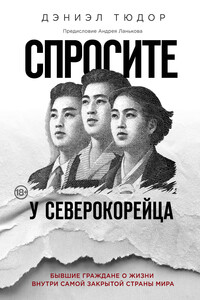
Дэниэл Тюдор работал в Корее корреспондентом и прожил в Сеуле несколько лет. В этой книге он описывает настоящую жизнь северокорейцев и приоткрывает завесу над одной из самых таинственных стран мира. Прочитав эту книгу, вы удивитесь тому, какими разными могут быть человеческие ценности.
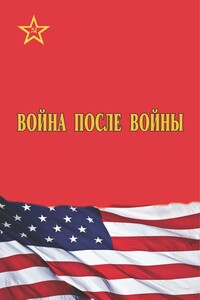
В книгу «Война после войны» включены уникальные материалы сотрудников КГБ СССР, российских учёных, посвящённые противоборству спецслужб США и СССР в холодной войне. Авторы раскрывают тайный механизм соперничества двух сверхдержав в наиболее драматичные этапы истории послевоенного периода с 1945 по 1991 год. Книга будет интересна не только для профессиональных политологов, историков, конфликтологов, но и для широкого круга читателей, интересующихся историей своей страны.
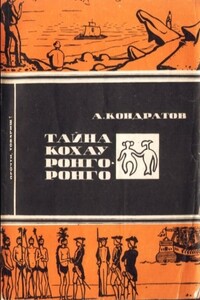
История, которая будет рассказана здесь, может показаться фантастической. Порою она будет напоминать приключенческий роман или детектив. В ней участвуют миссионеры и ленинградский школьник; прокаженный знаток древнего письма и всемирно известный норвежский исследователь; бывший немецкий разведчик и электронные машины.Кто только не замешан в ней! Журналисты и вожди племен; кабинетные ученые и перуанские пираты. Место действия переносится из Океании в долину реки Инд, из Сант-Яго в Ленинград; из джунглей Панамы в резиденцию «Братства Святых Сердец» в Гроттаферрате, под Римом.
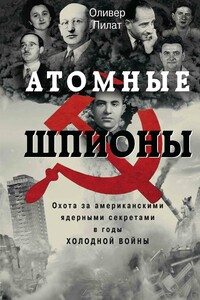
Книга представляет собой подробное исследование того, как происходила кража величайшей военной тайны в мире, о ее участниках и мотивах, стоявших за их поступками. Читателю представлен рассказ о жизни некоторых главных действующих лиц атомного шпионажа, основанный на документальных данных, главным образом, на их личных показаниях в суде и на допросах ФБР. Помимо подробного изложения событий, приведших к суду над Розенбергами и другими, в книге содержатся любопытные детали об их детстве и юности, личных качествах, отношениях с близкими и коллегами.
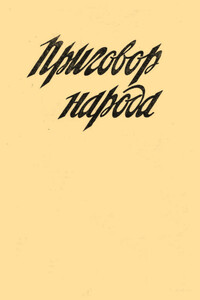
В книге «Приговор народа» собрана небольшая часть документов и откликов, которые появились в нашей периодической печати в дни процесса над контрреволюционным, антисоветским, троцкистским центром. Но и то немногое, что здесь собрано, с чрезвычайной яркостью выражает всю силу ненависти и гнева советского народа против контрреволюционных троцкистов — врагов, изменников и предателей родины, подлых вредителей, кровавых псов фашизма и поджигателей войны, против врагов всего передового человечества.
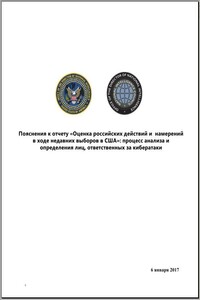
Доклад разведсообщества США о причастности России к хакерским атакам избирательной системы вызвал противоречивую реакцию в СМИ: многие сочли его недостаточно убедительным, российские парламентарии назвали «прямым оскорблением американцев». Открытая Россия полностью перевела незасекреченную часть доклада - чтобы читатели могли самостоятельно составить о нем свое мнение.Документ содержит аналитические выводы, сделанные и совместно согласованные Центральным разведывательным управлением (ЦРУ), Федеральным бюро расследований (ФБР) и Агентством национальной безопасности США (АНБ)